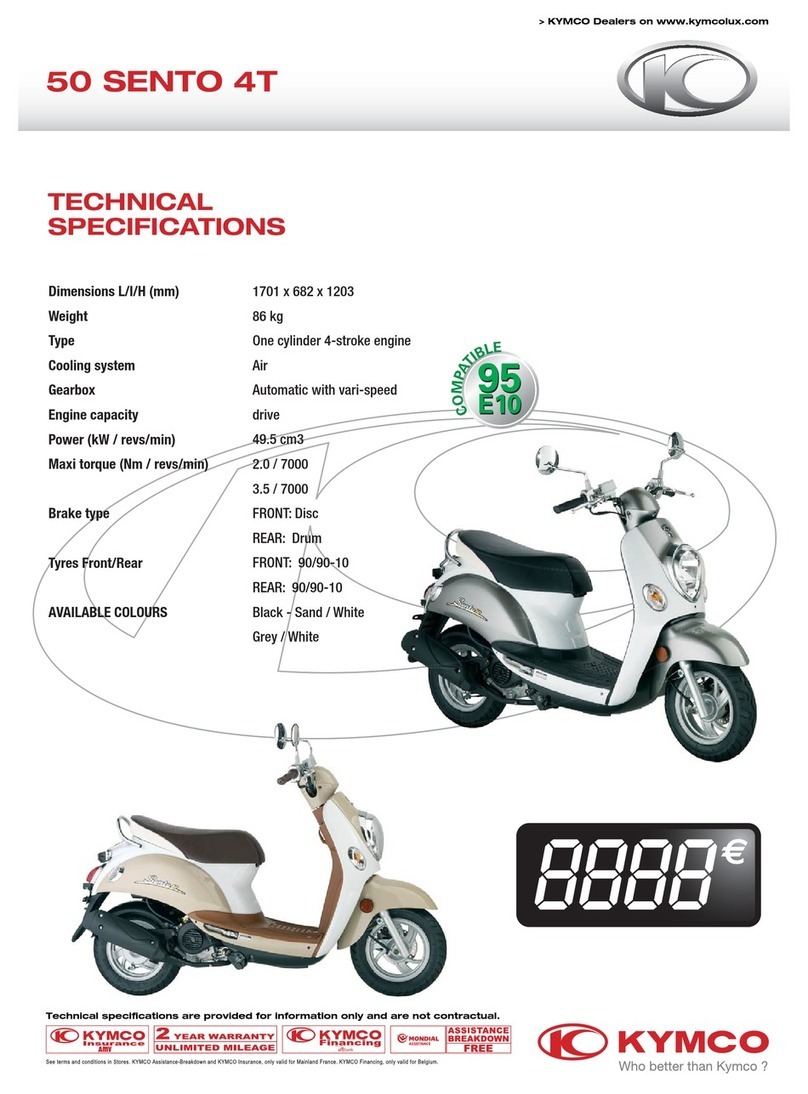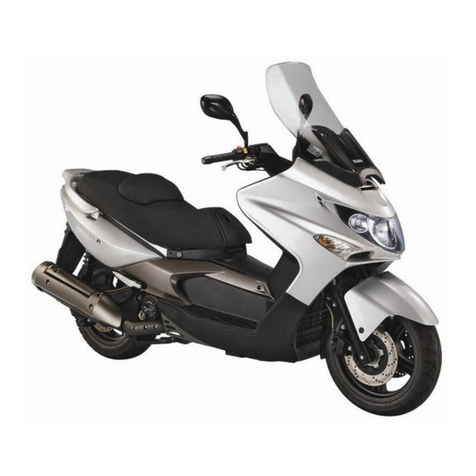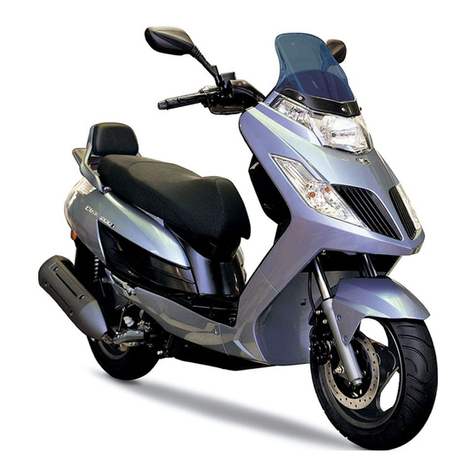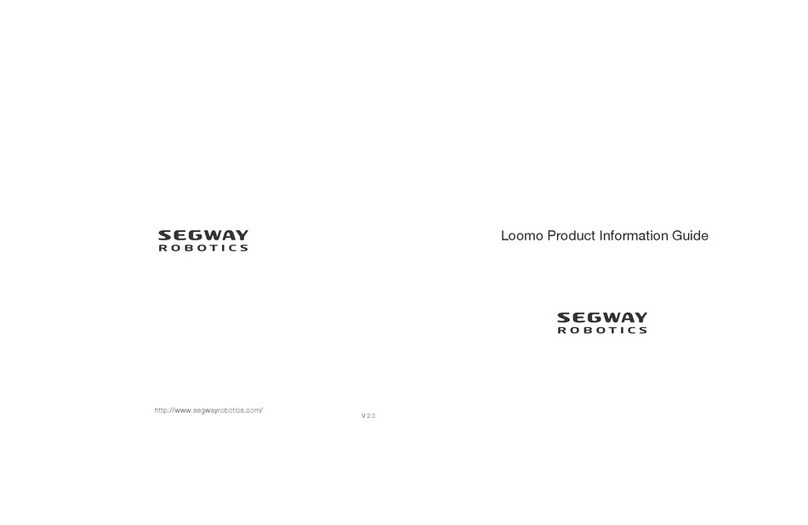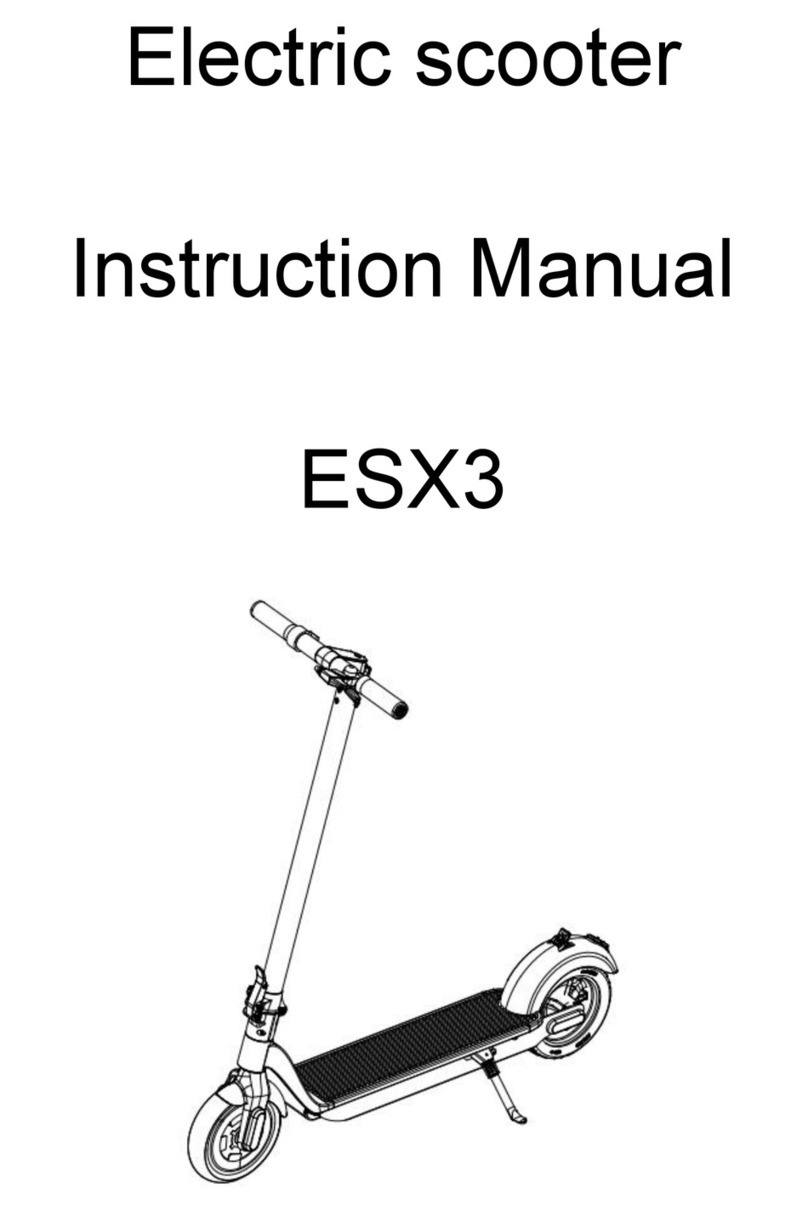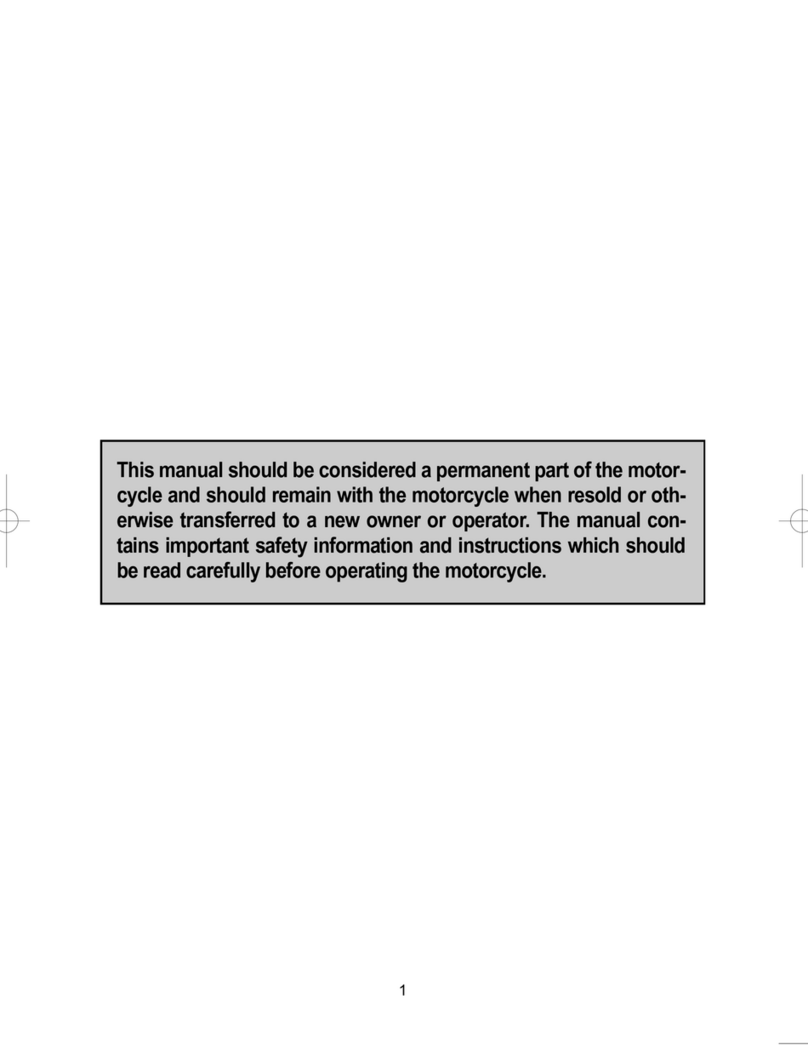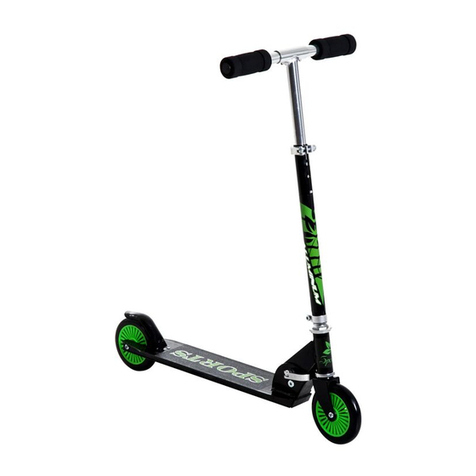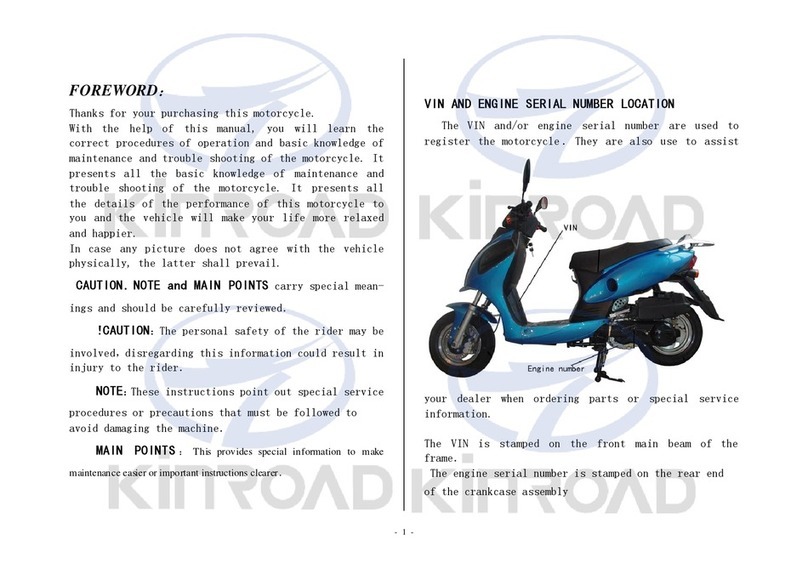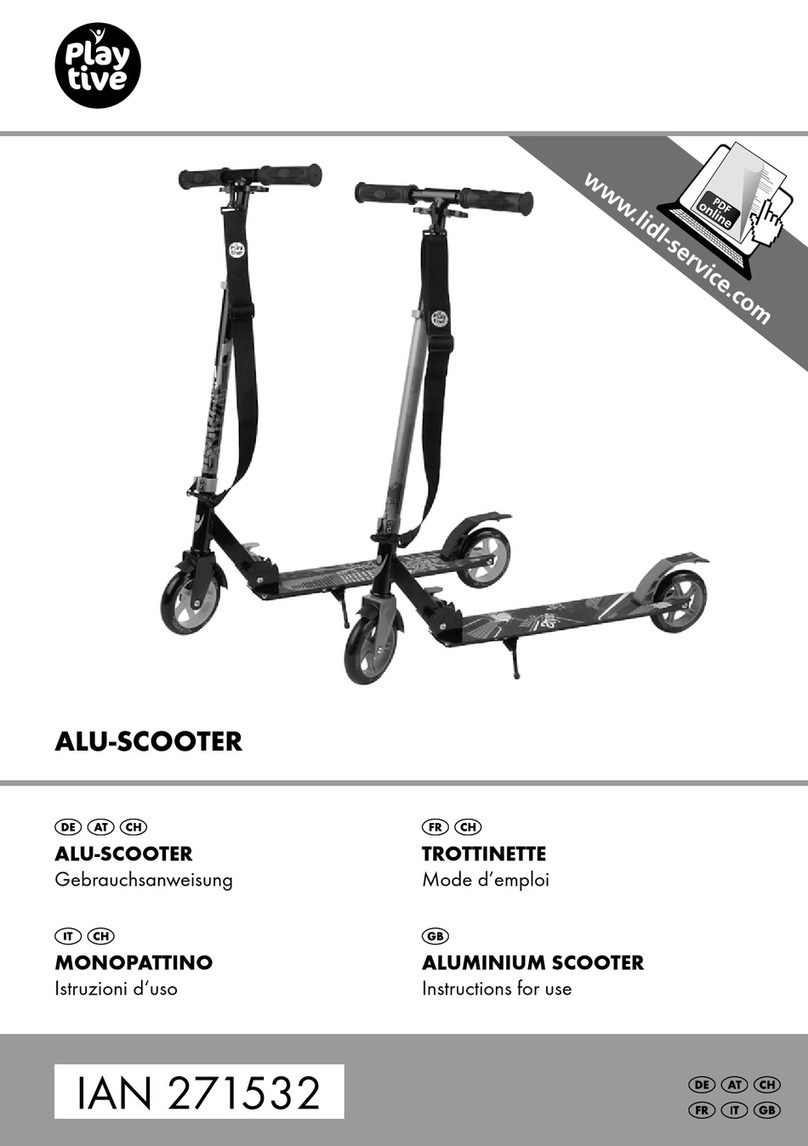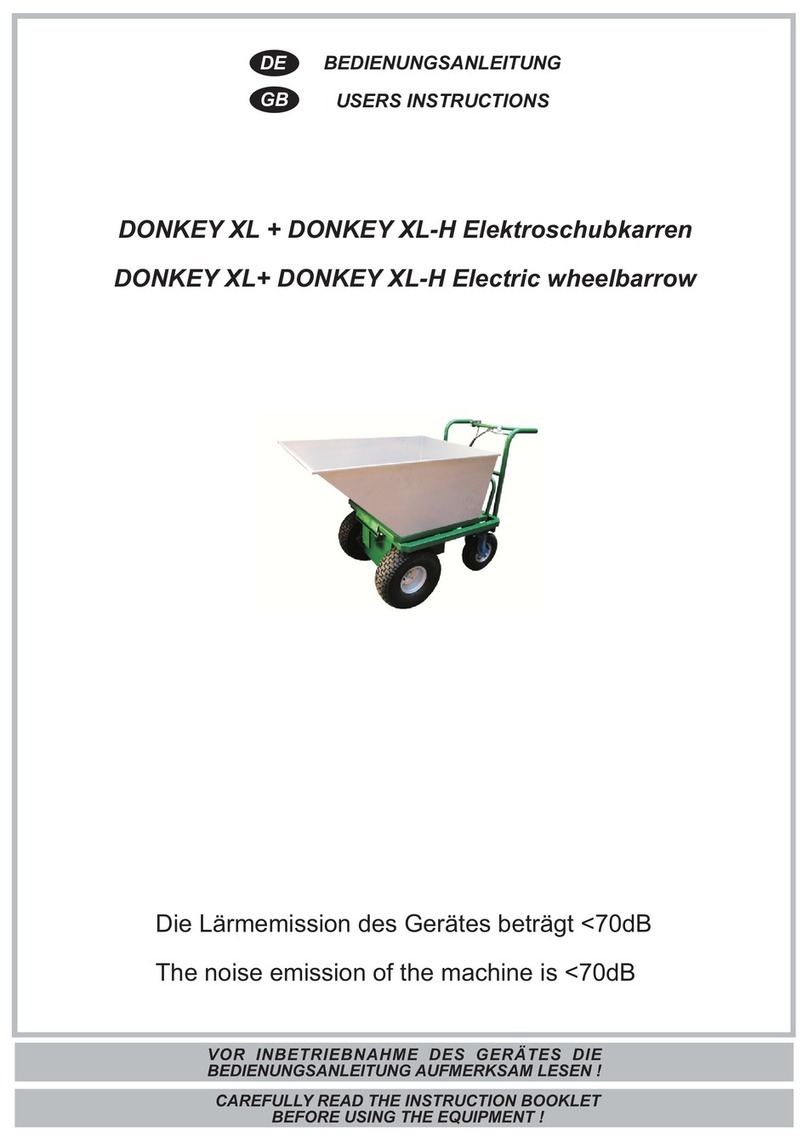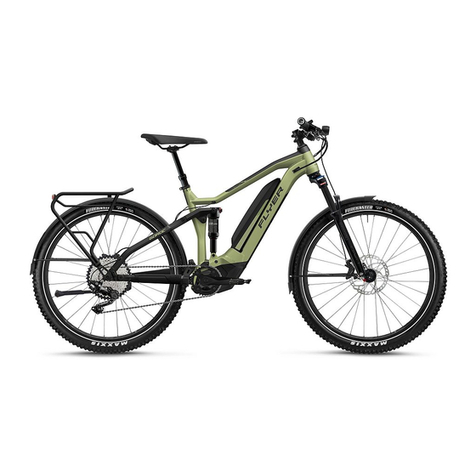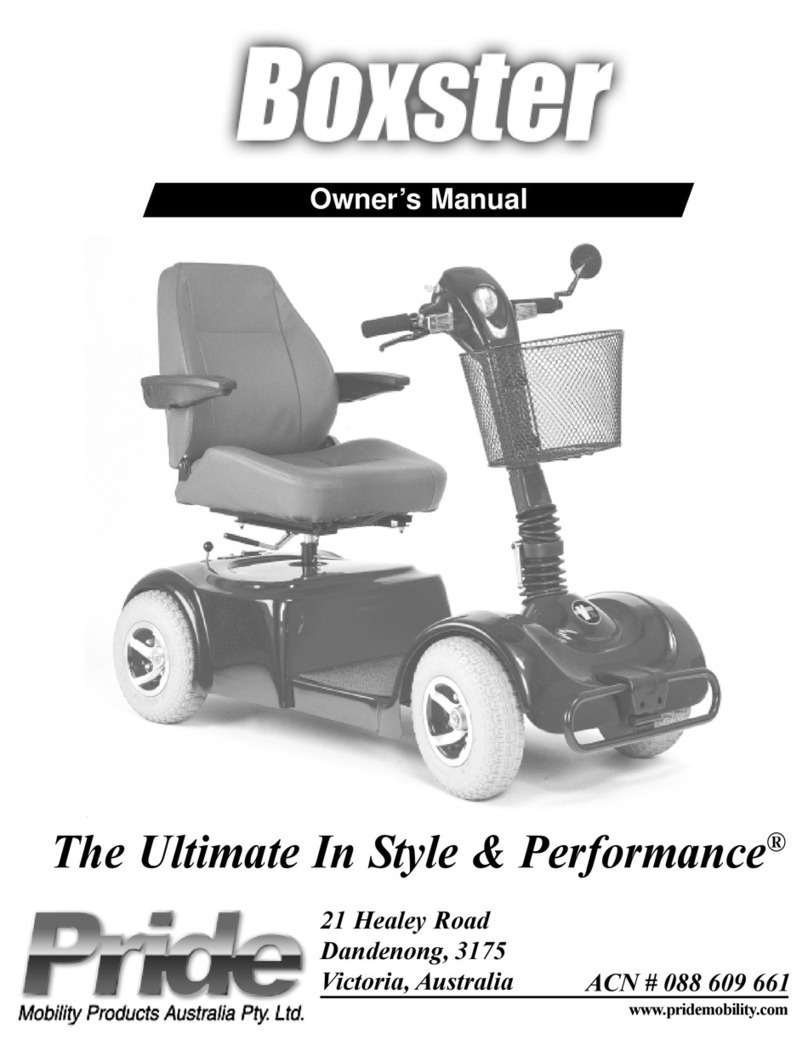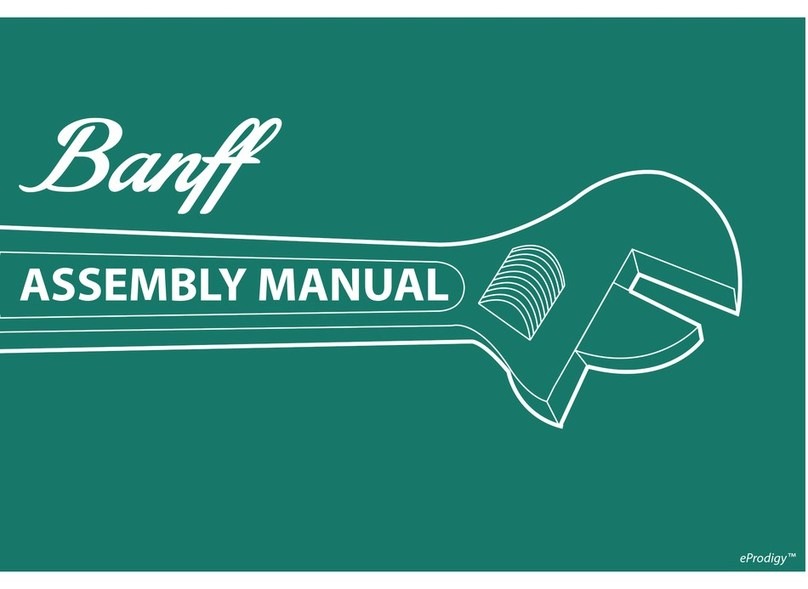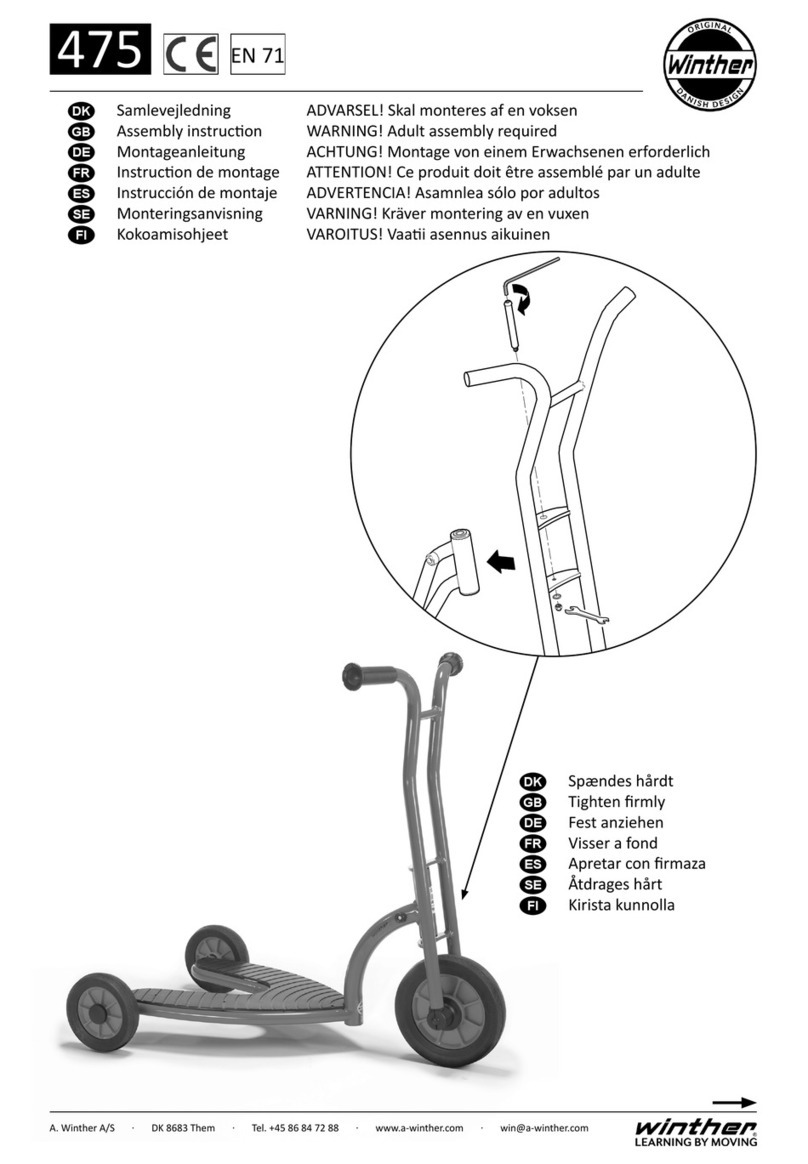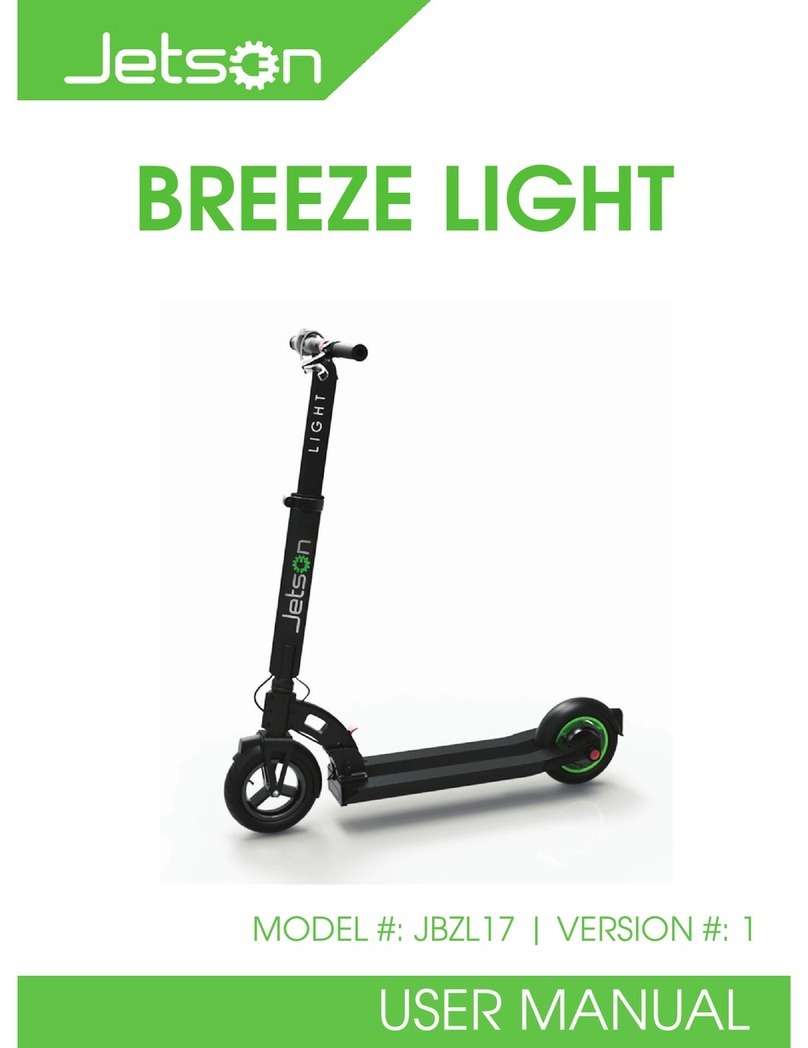KYMCO SPIKE 125 User manual
Other KYMCO Scooter manuals
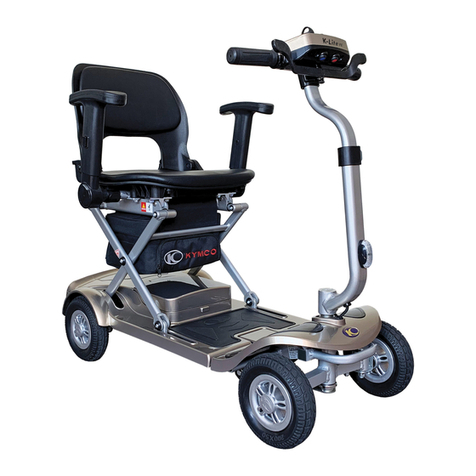
KYMCO
KYMCO K-Lite FE User manual
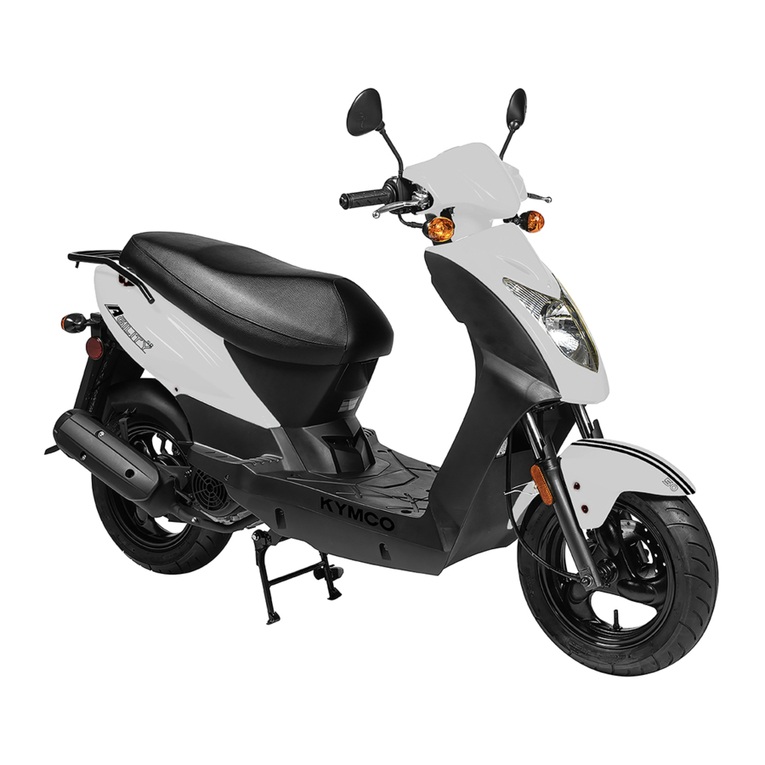
KYMCO
KYMCO 125 AGILITY CITY - Release note

KYMCO
KYMCO SPADE 150i User manual

KYMCO
KYMCO X -Town 125 ABS User manual
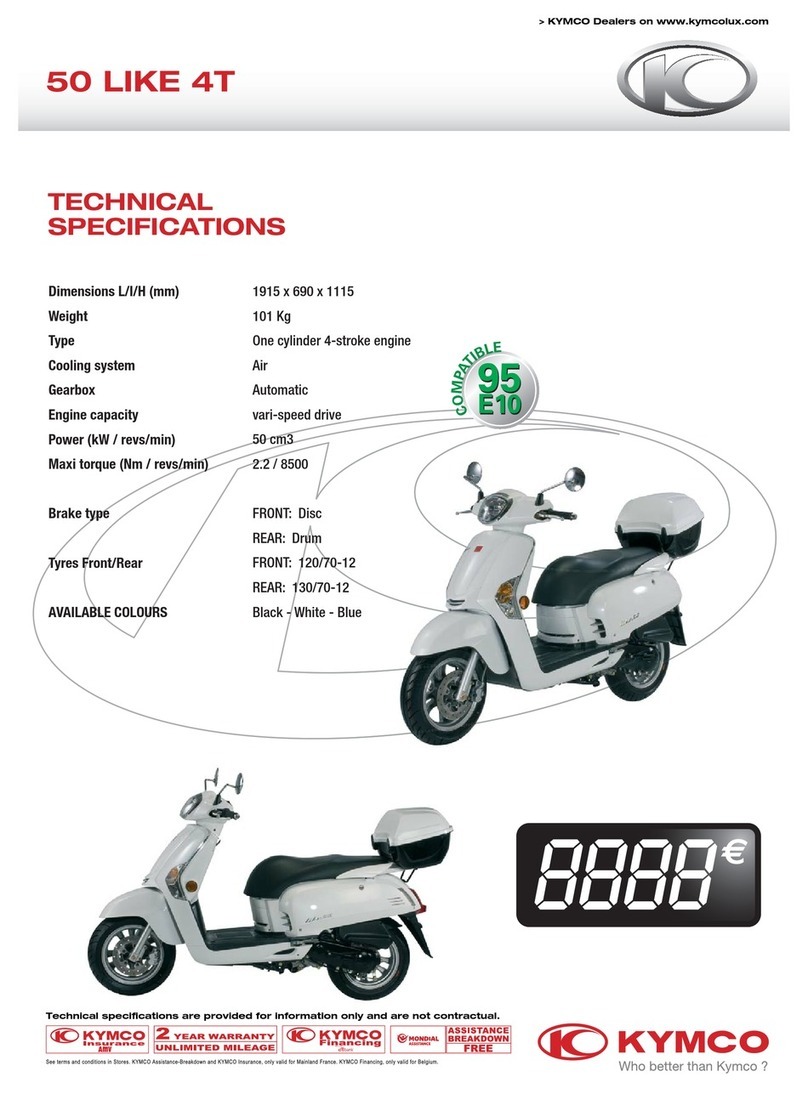
KYMCO
KYMCO 50 LIKE 4T User manual

KYMCO
KYMCO Downtown 125i 2009 User manual

KYMCO
KYMCO PEOPLE S 125 User manual
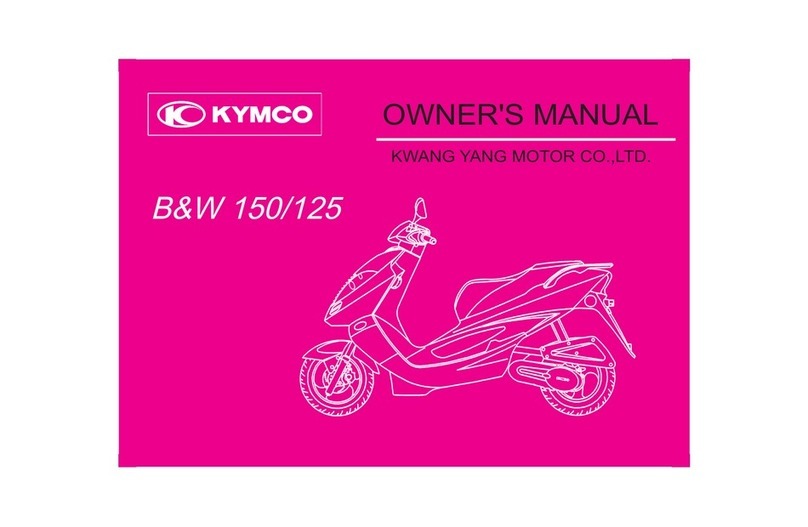
KYMCO
KYMCO B&W 125 User manual
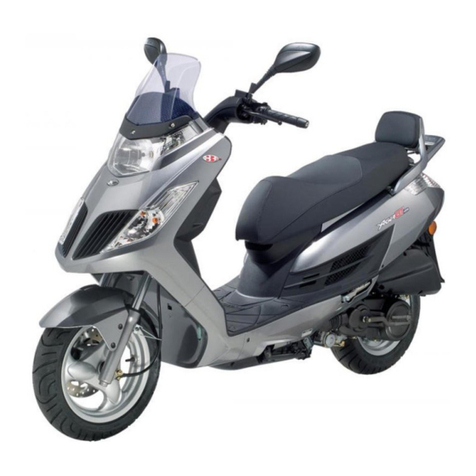
KYMCO
KYMCO 125 DINK - User manual
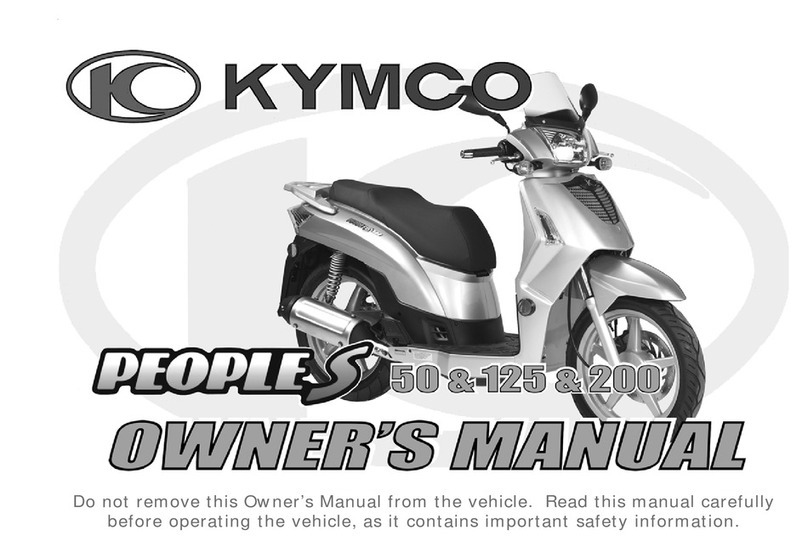
KYMCO
KYMCO AGILITY 50 - SERVICE User manual

KYMCO
KYMCO Downtown 200i User manual
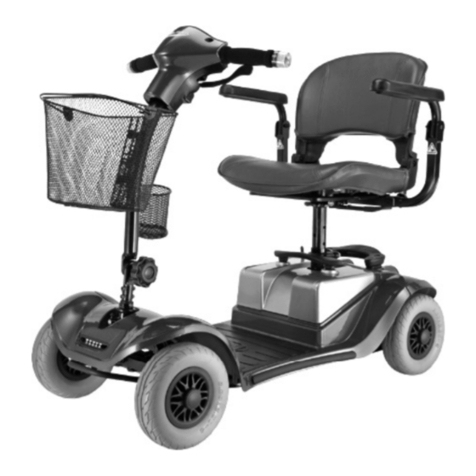
KYMCO
KYMCO Mini S ForU User manual

KYMCO
KYMCO People S 250 User manual
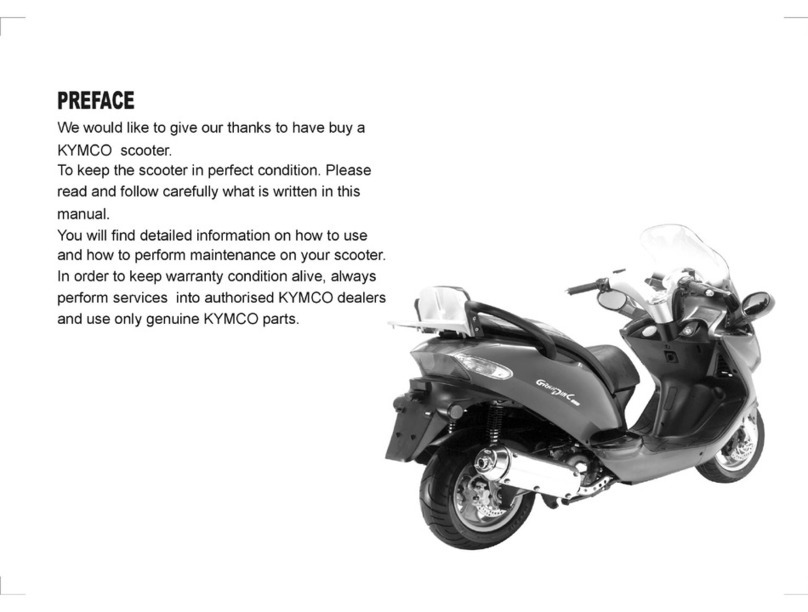
KYMCO
KYMCO Scooter User manual
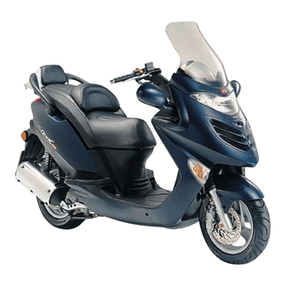
KYMCO
KYMCO GRAND DINK 250 User manual

KYMCO
KYMCO PEOPLE S 50 2005 User manual

KYMCO
KYMCO LIKE 200I 2019 Installation instructions

KYMCO
KYMCO 125 SUPER 8 User manual
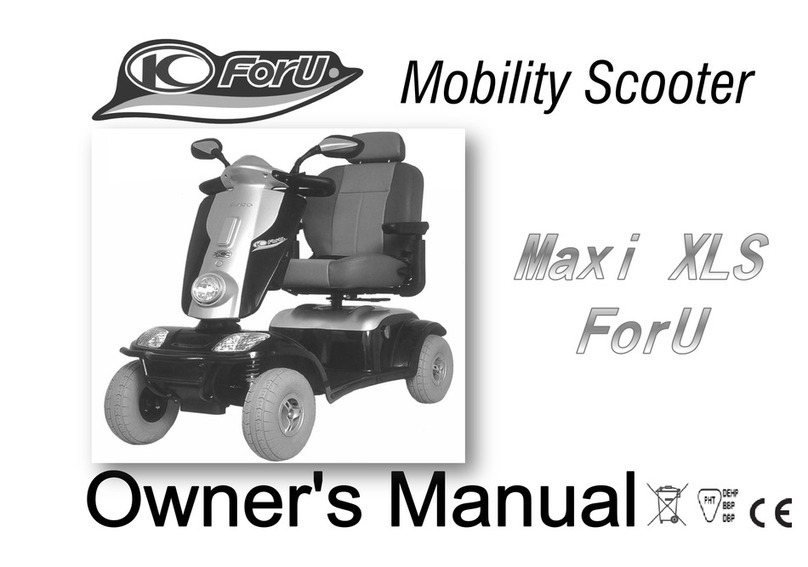
KYMCO
KYMCO Maxi XLS User manual
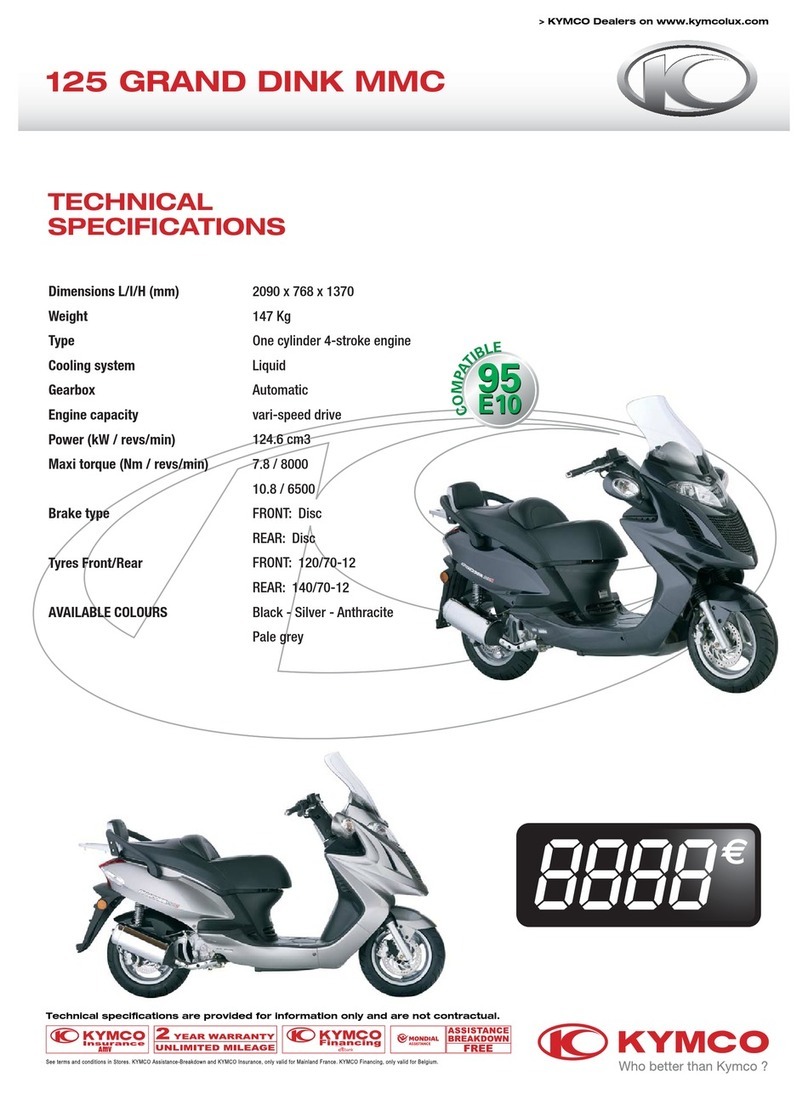
KYMCO
KYMCO 125 GRAND DINK MMC User manual
